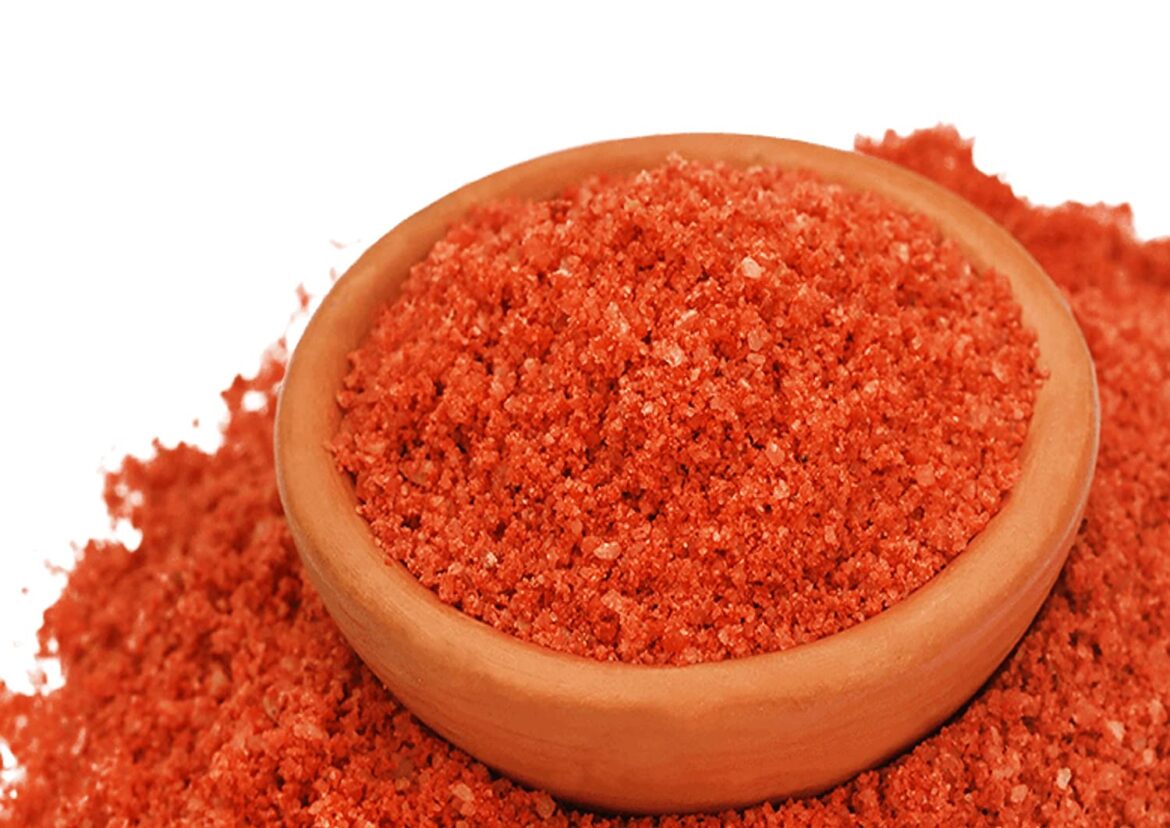HIGHER P FERTILIZER NEEDED TO ACHIEVE SUSTAINABLE DEVELOPMENT GOALS —- Modeling suggests that a 22-30 % increase in phosphorus (P) input is needed to achieve the SDG 2.3 for smallholder farm productivity, resulting in only 1% increase in P runoff, a study entitled “Phosphorus for Sustainable Development Goal Target of Doubling Smallholder Productivity” has concluded. UN Sustainable Development Goal (SDG) 2.3 sets the target to double productivity of smallholder farms as important to achieve SDG2 zero hunger. Based on data from Brazil where soils with high P-fixation are today approaching the point where a “maintenance” fertilizer application becomes possible without crop yield loss, and assuming that yields are not limited by other nutrients or climate, this leads to estimate that 50 kgP/ha/y application over the period 2015-2030 would eliminate P limitation of crop yield in five regions where smallholder farms are dominant and where P application is today low: Sub-Saharan Africa, North Africa, South-East Asia, India, Middle East. P limitation of crop yield is also present in Eastern Europe, Australia and parts of China, South America, New Zealand, but these regions have fewer smallholder farms. Overall, the five assessed regions will require a total (for 16 years) of 74 MtP fertilizer input, that is 39% higher (for these regions) than a baseline scenario, and representing 22-30% compared to a global total today of 15-21 MtP/y. This increased consumption might not continue beyond 2 or more decades as soil P stores are established in soils and farmers can then move to a maintenance fertilization strategy.
PERSPECTIVES FOR SEWAGE NUTRIENT RECYCLING IN AUSTRIA —- An Austrian study “Best Available Technology for P-Recycling from Sewage Sludge — An Overview of Sewage Sludge Composting in Austria” suggests that micro-plastics levels may relate principally to the sewer system and to industrial discharges. Around half of Austria’s sewage sludge currently is valorized in agriculture and around half this sludge going to agriculture is first composted, with 95% of sewage sludge compost achieving quality criteria. Around 20% of sewage sludge goes to agricultural land either directly or after dewatering only. In all cases, sludge applied to land is today used subject to heavy metal limits and to nutrient requirements of crops. Austria produces around 240 000 t/y of sewage sludge, of which 99% from sewage works that contains some 6 400 tP/y of phosphorus. Heavy metal levels in Austrian sewage sludge have decreased considerably over recent decades, but questions remain over other contaminants such as micro-plastics or pharmaceuticals. National monitoring of pharmaceuticals show very significant reduction in composting, but nonetheless detection of one pharmaceutical (carbamazepine) in soil after sewage sludge compost application. The authors conclude that evidence-based limits for organic contaminants in sewage sludge used in agriculture need to be developed, as well as upstream actions to reduce inputs to sewage. Mono-incineration of sewage sludge with phosphorus recovery can be an important route where contaminants prevent agricultural use.
P-RECOVERY SET TO REPLACE NEARLY HALF OF GERMAN MINERAL P FERTILIZER USE —- German sewage P-recycling legislation will lead to recovery of 70-77 % of sewage P, that is up to 43 % of mineral P fertilizer consumption, according to a study entitled “Future Nutrient Recovery From Sewage Sludge Regarding Three Different Scenarios — German Case Study”. Only 16 % of German sewage sludge was used in agriculture in 2019, around half of the 2010 level, as a result of new fertilizer legislation with tighter nitrogen (N) application limits for farmers (implementation of the Nitrates Directive) causing competition with manure, and of new waste legislation, with sewage sludge contaminant limits. The German sewage sludge ordinance will ban agricultural sludge use and require P recovery (if sludge contains > 2%) from all sewage works by 2032. Based on this legislation and on data on sludge P content and sewage works sizes, with different scenarios, the study concludes that 71-80 % of Germany’s sludge will be incinerated (0-14% used in agriculture), 70-77 % of P in sewage will be recovered (including via use in agriculture), and also 31-53 % potassium, 36-52 % calcium, 40-52 % magnesium but only 0-16% nitrogen. For phosphorus, this would represent up to 43 % of German mineral P fertilizer use.




